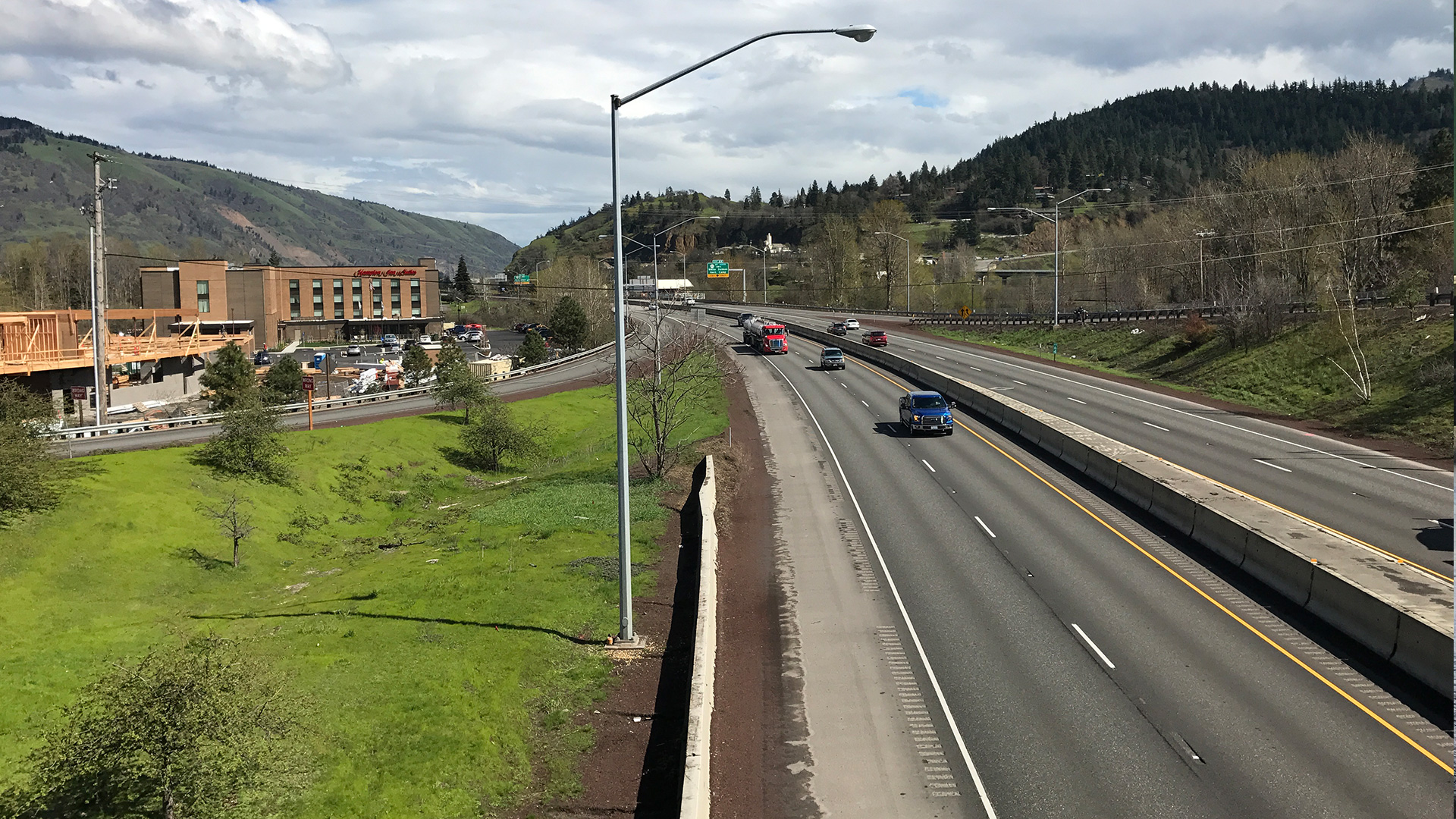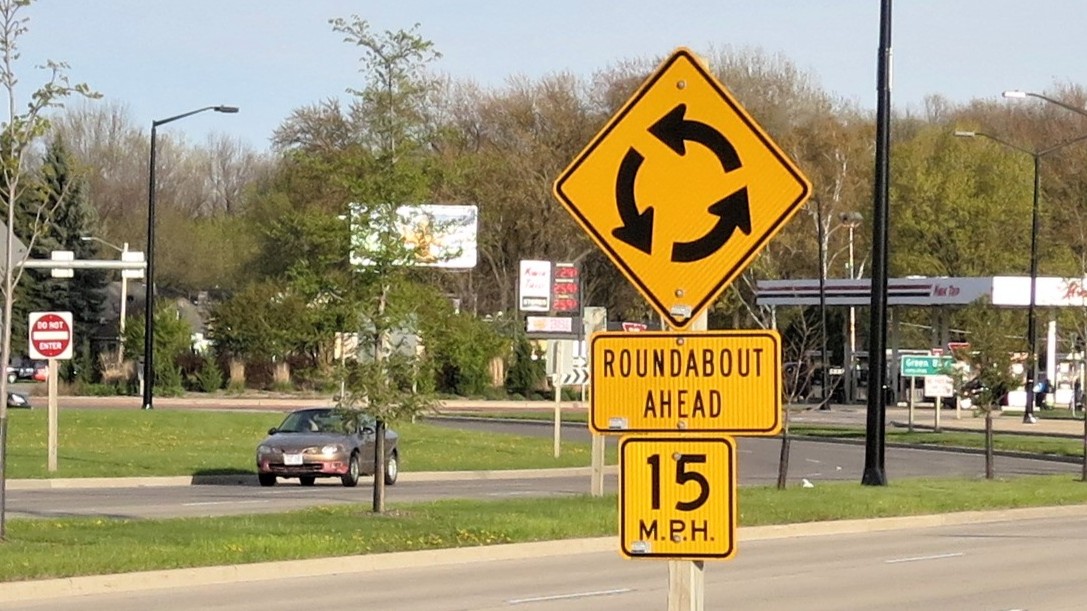Challenge
The Pennsylvania Department of Transportation (PennDOT) was looking to implement traffic calming measures to improve safety on existing roadways. To do this, they were looking to incorporate the standalone Traffic Calming Handbook (Publication 213) as a chapter in their Contextual Roadway Design Manual.
The purpose of integrating the new content into the design manual is to ensure that traffic calming is considered an engineering solution to reduce vehicle speeds on existing roadways, to proactively incorporate traffic calming into design projects, and to provide more guidance to designers and standardize the design of traffic calming measures.
Solution
Our team partnered with PennDOT to update the Traffic Calming Chapter of their design manual with current national research. The chapter includes two decision matrices to help designers choose the treatments appropriate for the goals and context of the project. The chapter is comprised of a “toolbox” organized into five categories (horizontal deflection, vertical deflection, physical obstruction, signing and pavement markings, and other) and includes definitions, typical applications, advantages and disadvantages, design considerations, and the evaluation of traffic calming measures for implementation in different contexts.
The Outcome
Changing Policy to Strengthen Roadway Safety in Pennsylvania
This new chapter provides designers with background information and design guidance on how to implement traffic calming measures across the Commonwealth of Pennsylvania. By updating this policy and design manual content, PennDOT is hoping to strengthen safety on their roadways.



